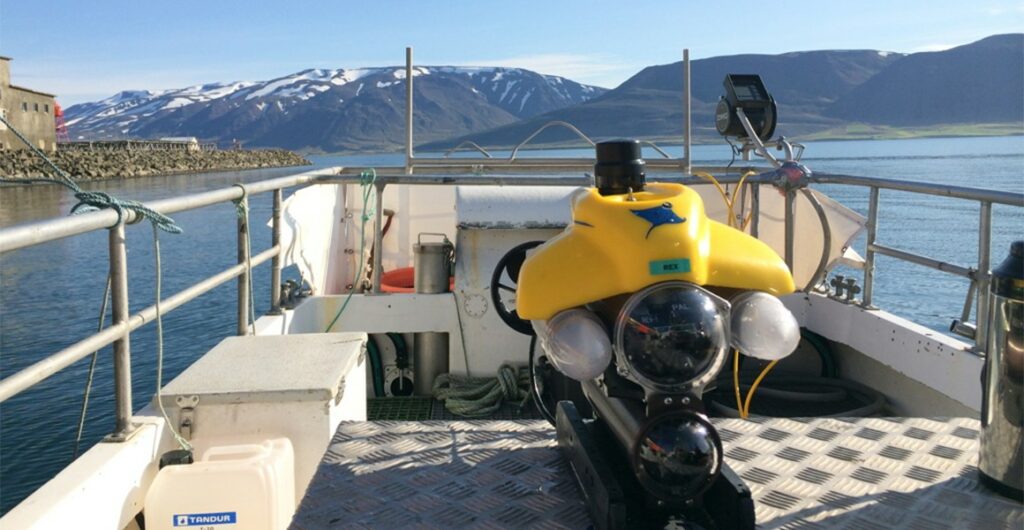
The Natural History Museum in London recently discussed the benefits of using their VideoRay Pro 4 Remotely Operated Vehicle (ROV) in a recent blog post on their official site. In the article, Dr. Adrian Glover, one of the Museum’s marine biologist, credits their Pro 4 ROV with providing the “wow moments” that motivate him and other scientists to push through the “sometimes-dull” parts of research.
The Museum acquired their VideoRay – nicknamed “REX” (ROV for Education and eXploration) – in 2010, and has used it in over 100 research missions led by Dr. Glover and his colleague Dr. Jon Copley. Dr. Glover mentioned the Pro 4’s low cost, small size, capabilities, and portability as major benefits for their research trips, which often require traveling by airplane and deploying to 200 meters from any kind of boat.
“[The Pro 4 ROV] allows us to perform scientific research in areas that would normally be out of reach on our budget,” wrote Dr. Glover. “Piloting REX has provided me with more wow moments than perhaps any other project I have been involved with.”
Read more: The tiny robot spying on life underwater (via NHM.co.uk)
The NHM’s VideoRay ROV was recently featured in Walking Through Time, a documentary which aims to uncover more information about the mysterious Ice Age megaflood that created the English Channel and permanently divided Britain from the rest of Europe nearly 200,000 years ago. The documentary, hosted by NHM scientist Dr. Tori Herridge, shows the VideoRay ROV exploring the deepest parts of the English Channel for evidence of the massive chalk land bridge that used to link Britain and Europe.
Walking Through Time debuted on 6 February and is still available to watch on Channel 4’s website until 6 March for UK subscribers.
 CALL US: +1 610 458-3000
CALL US: +1 610 458-3000
 CALL US: +1 610 458-3000
CALL US: +1 610 458-3000  News
News





